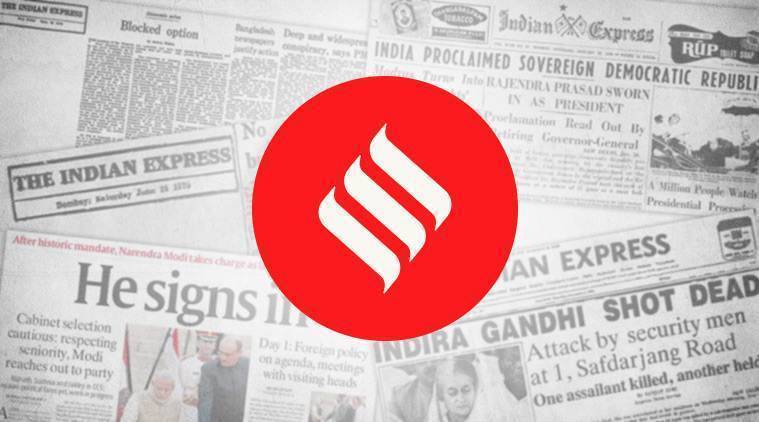 In this delicate moment, it is also essential to maintain necessary distinctions between law-abiding protesters and the lumpens who are taking the law into their own hands.
In this delicate moment, it is also essential to maintain necessary distinctions between law-abiding protesters and the lumpens who are taking the law into their own hands.
The clashes, triggered by the anti-CAA protests, and the opposition to them, in north-east Delhi for two consecutive days, the death of a constable and a civilian on Monday, incidents of stone-pelting, torching of vehicles and violence between two communities, call for all sides to take an immediate step back from an increasingly precarious edge. And for Delhi Police, which has drawn attention for its abdications lately, to step up to its responsibility to restore calm. As the ruling party at the Centre, which oversees law and order in the national capital, the BJP has a special duty. Among other things, the party needs to look into the role of its leader, Kapil Mishra, whose provocative statements and tweets during the Delhi poll campaign had earned him the EC’s censure and ban. Subsequently, former party president Amit Shah had admitted that such rhetoric may have cost the BJP electorally. Mishra’s pro-CAA mobilisation, threatening statements and videos, and ultimatums to the police, have featured prominently in the sequence of events that led to the flaring of tensions now.
In this delicate moment, it is also essential to maintain necessary distinctions between law-abiding protesters and the lumpens who are taking the law into their own hands. Ever since protests against the amended citizenship law began, not just in Delhi, but in cities and towns across the country, it has been evident that they have been mostly peaceful. After a brief spell of violence in Uttar Pradesh, they have been sober and dignified, with protesters gathering under banners that invoke and pay tribute to the Indian Constitution, the national flag, Mahatma Gandhi and Babasaheb Ambedkar. At the same time, the response of the state to the anti-CAA protesters has lacked urgency and sensitivity — basically, when it has not been a police crackdown, as in UP, with sedition FIRs and a string of property damage notices, the government’s response has consisted of a deaf ear, and, presumably, the cynical calculation that the protests would tire and die out of their own accord eventually. There has been little or no attempt to reach out to those who are expressing genuine anxieties about a citizenship law that is perceived as discriminatory, and an NRC process that has been seen to falter grievously in its first roll-out in Assam. To claim that Monday’s protests are choreographed to tarnish India’s image during a US presidential visit does little to help.
Chief Minister Arvind Kejriwal, newly re-elected with a handsome mandate, has tweeted distress about the “disturbance of peace and harmony in parts of Delhi”, while pointedly urging the LG and the Union home minister to ensure law and order is maintained. While the expression of concern is welcome, this may not be the best time to underline the Centre’s responsibility for maintaining peace in Delhi. This is the time, instead, for the chief minister to proactively own up the challenge and share the burden of preventing unrest and ensuring communal amity. Violence thrives in a political vacuum. The AAP government — and its Opposition — should get together, use their social and political networks in the disturbed areas to tamp down tension. The city, the capital, expects nothing less from all those who speak for it — whatever be their politics or faith.